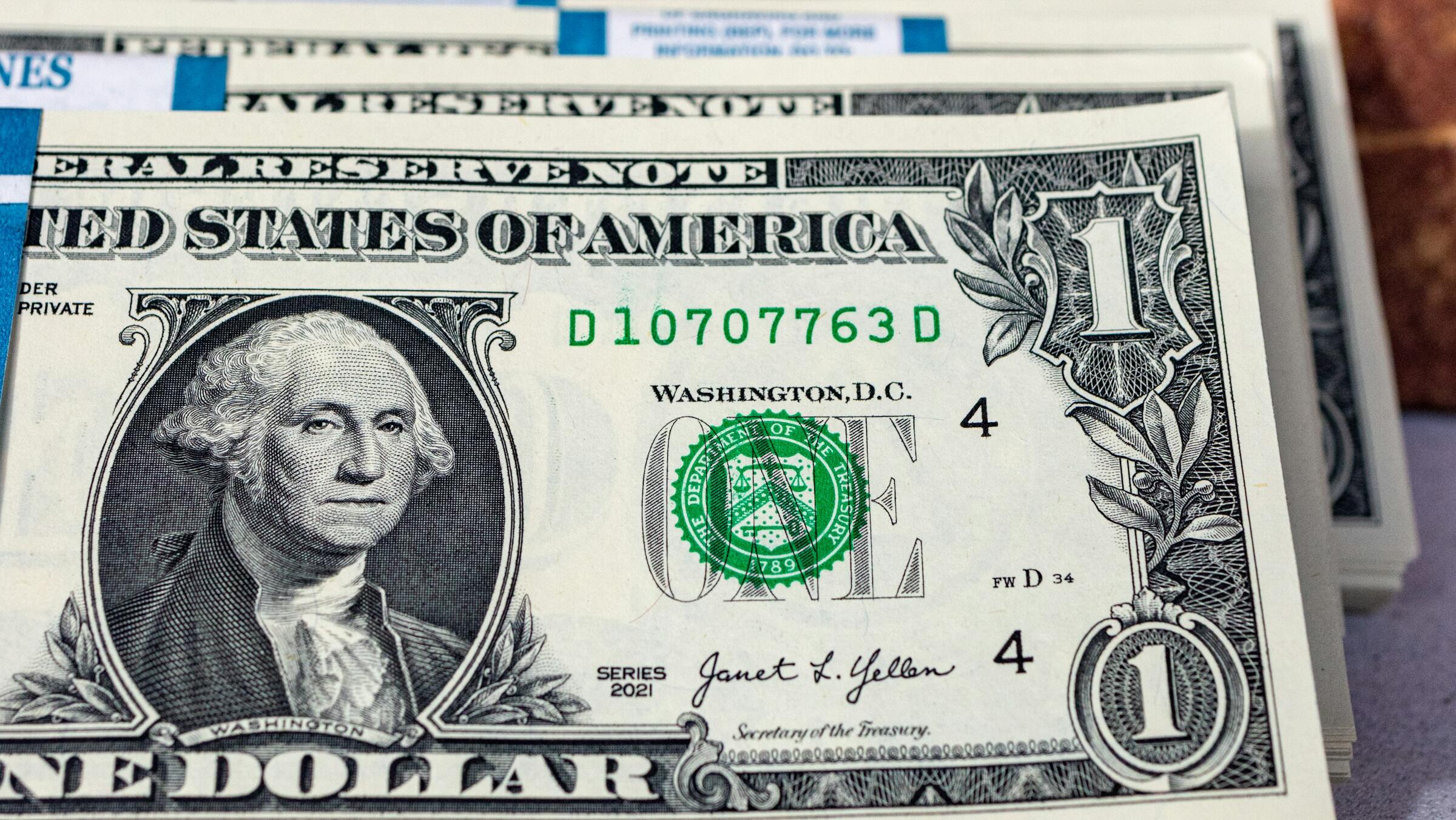The United States dollar index (DXY) traded slightly higher around 98.05 during Monday’s Asian session but remained capped as investors weighed the impact of prolonged government shutdown uncertainty and growing expectations of additional Federal Reserve rate cuts.
The U.S. government shutdown entered its fifth day after lawmakers failed to reach an agreement to reopen federal operations.
President Donald Trump warned his administration would begin laying off federal workers if Congress did not pass funding legislation soon.
The standoff has delayed the release of major economic data, including the September employment report, leaving traders reliant on secondary indicators for policy guidance.
According to the CME FedWatch Tool, markets are now pricing in a 94.1% probability of a 25-basis-point rate cut in October, with an 83.9% chance of another in December.
Fed Governor Stephen Miran backed an aggressive easing stance, citing the administration’s fiscal policies as a drag on growth, while Dallas Fed President Lorie Logan struck a hawkish tone, cautioning against cutting too quickly given persistent inflation in non-housing services.
The FOMC’s September meeting minutes due Wednesday will be a key event, with traders watching for signals on how far the Fed may go with its upcoming rate-cut cycle.
Euro rebounds above 1.17 as dollar rally fades
The EUR/USD currency pair rebounded above 1.1700 on Monday after the euro recovered from a near two-week low.
The greenback’s early strength faded amid the U.S. fiscal stalemate and dovish Fed expectations, allowing the common currency to regain ground.
At the time of writing, EUR/USD trades near 1.1713 on Tuesday, after dipping to 1.1652 earlier on Monday.
Political turbulence in France initially weighed on the euro after Prime Minister Sébastien Lecornu abruptly resigned just hours after announcing his new cabinet.
However, the euro trimmed losses after investors reassessed the situation and shifted focus back to U.S. developments.
In testimony before the European Parliament, ECB President Christine Lagarde declared the “disinflationary process is over”, adding that inflation is close to target and that the eurozone remains resilient.
Lagarde also noted the need for structural reforms to strengthen the euro’s global role, noting that “no currency’s position is guaranteed”.
Aussie rises amid dovish Fed outlook
The Australian dollar (AUD) climbed above 0.66 against the U.S. dollar on Monday as the greenback softened amid the prolonged U.S. shutdown and firm expectations for Fed rate cuts.
At the time of writing, AUD/USD remains little changed at 0.6619, near the upper end of its recent 0.6580–0.6620 range.
The pair drew support from a stronger TD-MI Inflation Gauge, which rose 0.4% month-on-month in September, reversing August’s 0.3% decline.
The hotter inflation print reinforced speculation that the Reserve Bank of Australia (RBA) may proceed cautiously with any further rate cuts.
Traders are now looking ahead to Australia’s Westpac Consumer Confidence data on Tuesday, followed by the Fed’s meeting minutes on Wednesday.
Sterling steady as traders eye Senate vote, Fed comments
The GBP/USD pair held near 1.3474 on Monday, little changed as the U.S. shutdown dragged into a sixth day.
The lack of official economic data left markets without clear direction, though the pound found some support from improved UK Construction PMI, which rose from 45.5 to 46.2.
According to Bloomberg, the U.S. Senate will vote late Monday on a temporary funding bill to avert further disruption.
Meanwhile, analysts suggested at U.S. consumer sentiment could fall to record lows if the gridlock continues, with forecasts for the University of Michigan Consumer Sentiment to drop toward 50.1.
In the UK, revisions from the Office for National Statistics (ONS) cast doubt on household savings trends, underscoring a fragile recovery.
A stagflationary backdrop could weigh on the pound, though prolonged U.S. fiscal stress may lend temporary support to the pair.
Yen weakens as “Takaichi trade” gains traction
The USD/JPY pair consolidated above 150.00 on Monday following a sharp rally triggered by the election of Sanae Takaichi as leader of Japan’s ruling Liberal Democratic Party (LDP).
Takaichi, set to become Japan’s first female prime minister, is expected to revive Abenomics-style policies focused on fiscal expansion and easy monetary conditions.
Her stance has cast doubt on the Bank of Japan’s (BoJ) tightening plans, with traders now dialling back expectations of an October rate hike.
The “Takaichi trade” - marked by yen weakness and rising equity prices - has gained momentum as investors bet on a prolonged period of accommodative policy.
However, analysts warn that the U.S. government’s continued paralysis could soon redirect attention back to U.S. fundamentals, limiting further USD/JPY upside.
Economic Calendar week ahead
The week begins on Monday with retail sales data due from the euro area, while markets in China and South Korea remain closed for public holidays.
On Tuesday, Japan will release its household spending figures, while Australia’s Westpac–Melbourne Institute Consumer Sentiment Index will provide insight into domestic confidence levels.
In the UK, Halifax is set to publish its latest house price index, and in the US, attention will turn to the balance of trade, Redbook retail data, and used car prices. Canada will also release its trade balance figures.
Moving to Wednesday, investors will watch a busy line-up of US Federal Reserve speakers including Raphael Bostic, Michelle Bowman, Stephen Miran and Neel Kashkari, alongside the release of Australia’s Reserve Bank annual report.
Across the Tasman, the Reserve Bank of New Zealand will announce its interest rate decision.
On Thursday, the focus returns to the United States with the publication of the Federal Open Market Committee (FOMC) meeting minutes, a speech from Fed Chair Jerome Powell, and updates on weekly jobless claims and wholesale inventories. The UK will also release its RICS house price balance.
The week concludes on Friday, with speeches from Reserve Bank of Australia officials Michele Bullock and Christopher Kent, Japan’s producer price index figures, and Canada’s key labour market indicators, including employment change, the unemployment rate, and average hourly wages.



